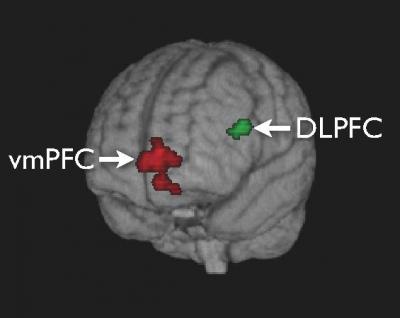As explained in prior posts to this blog, body sense, or embodied self awareness, is the ability to pay attention to ourselves, to feel our sensations, emotions, and movements. Body sense, or embodied self-awareness, occurs in the "present moment" while its counterpart, conceptual self-awareness, is abstract and distant from the present moment.
Conceptual self-awareness involves judgments and evaluations about ourselves that may be useful in social situations but they can lead us to make choices that are not good for our bodies: working to hard, trying to please others, eating too much, or indulging in addictions. We assume we are feeling our bodies during these activities. It seems to feel good to eat that extra portion or the high calorie dessert or get the buzz from another alcoholic beverage. Actually, we are only feeling what we expect to feel, what our conceptual self-awareness is allowing us to feel and judging as OK to feel.
If we actually felt our bodies during these activities, completely indulging our body sense, we would also feel what we do not expect and do not want to feel. First there may be the potentially uncomfortable physical sensations of overworking (fatigue, joint and muscle pain), or overeating (bloating, reflux, nausea), or overdrinking (headache, dizziness, numbness). Then, if we are especially adventurous, we can let ourselves feel the emotions that were hiding behind these behaviors: disappointment, grief, anger, despair, loneliness, or whatever else may be there at the moment.
We can either be in embodied or conceptual self-awareness, not both at the same time. Whether we are in one or the other is regulated by the medial prefrontal cortex. This is a region of the brain located about an inch or so above the center of an imaginary line between your eyeballs, right in the center of the frontal part of the brain that sits behind your forehead. The ventral portion (toward the eyes) of the medial prefrontal cortex (the ventromedial prefrontal cortex, or VMPFC) is associated with embodied self-awareness and the dorsal portion (toward the top of the head, the dorsomedial prefrontal cortex, DMPFC) is connected with conceptual self-awareness. Like a light switch, either the DMPFC or the VMPFC can be activated but typically not both of them at the same time.
Embodied self-awareness is fundamental to survival. It turns out that the embodied VMPFC can be linked to an entirely different neural network than the conceptual DMPFC. The latter is connected to language and thought centers of the brain. This ability to conceptualize and evaluate ourselves is extremely powerful but becomes our own worst enemy if those thoughts lead us into the self-diminishing or self-destructive patterns of behavior described earlier. Cognitive behavioral therapy (CBT) works with these unproductive thoughts to shift them into more positive ones.
The embodied VMPFC, however, has massive interconnections with the limbic system, sensory, motor and parietal cortices, the autonomic nervous system, the cerebellum, and brain stem: all areas that are associated with self-monitoring and self-regulation. A key link in this neural network is another area of the prefrontal cortex, the dorsolateral prefrontal cortex (DLPFC), which helps us to maintain our attention in the present moment long enough for the rest of that brain and body to self-regulate.
In one study on eating behavior, people were asked to rate foods that tasted good to them and then to choose which of these was the healthiest for them. When given a choice about which foods to eat, people who opted for healthy foods regardless of taste showed activity in both the VMPFC and the DLPFC. People who chose foods primarily based on taste and not on health had activity only in the VMPFC and not in the DLPFC.

With the help of the DLPFC, the body sense enhancing ability of the VMPFC can facilitate active neurochemical and neurohormonal discourse between the brain and the body tissues including the sensory receptors in our muscles, skin, gut, and cardiovascular system, inducing healthy behavior and cellular healing.
Being in the present moment with your body sense will in the short term bring you in touch with your pain. After a few minutes, hours, days, or weeks of practicing this, however, you will automatically begin to feel better because of the links between the VMPFC and those juicy neurophysiological regulatory process. Your body will start to relax, your breathing will become deeper, you may feel more alive, and you may even find that pain and worry is reduced.
Unlike CBT, embodied self-awareness practices and treatments (like yoga, some types of meditation, somatic psychotherapy, Somatic Experiencing, and awareness-based bodywork treatments like Rosen Method Bodywork and the Feldenkrais method) can enhance our ability to stay in the present moment with our body sense. This allows our bodies to more effectively use their own resources for healing. Our thoughts will also change automatically to more realistic and positive ones as our recovery proceeds. Read more about the psychophysiology of body sense.




